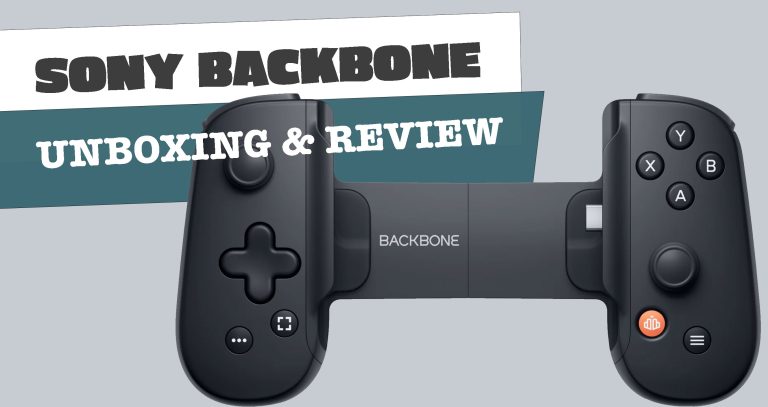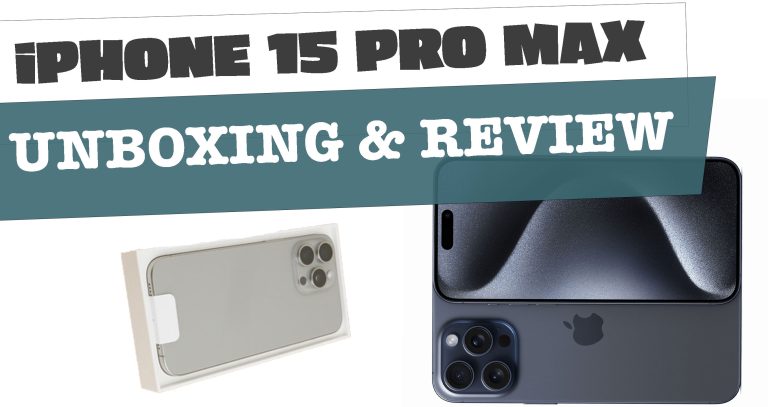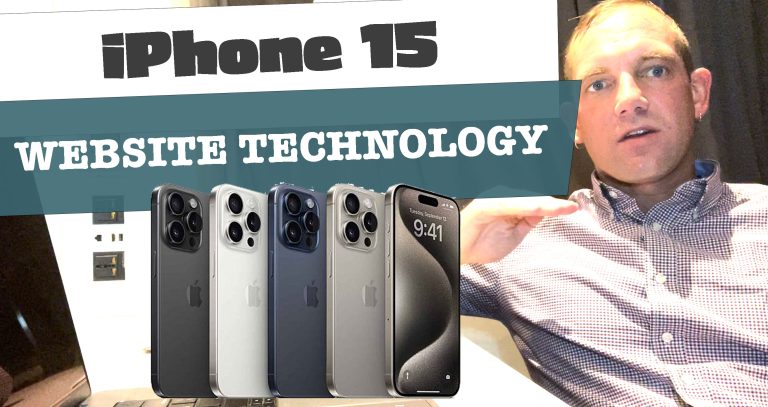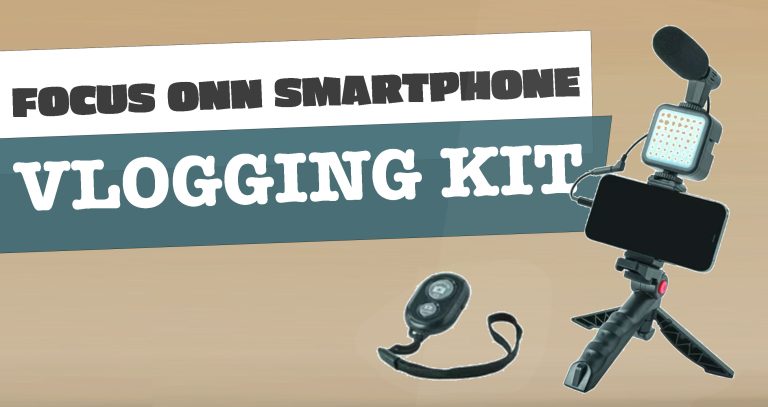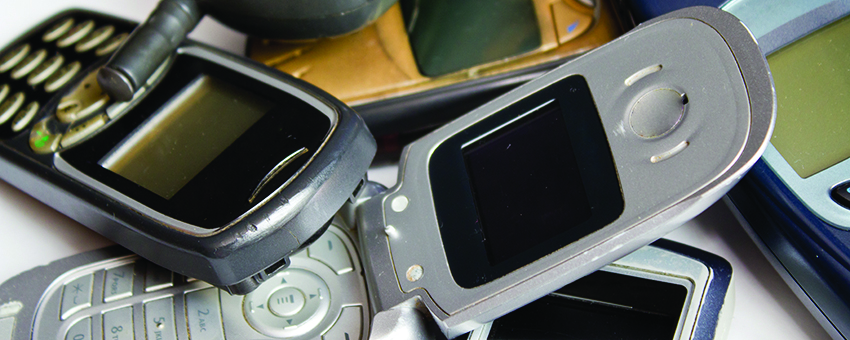
In the Jurassic Park-era of mobile device evolution, technology transforms faster than a cell-splitting amoeba. As we’ve witnessed the communications technology re-shape our world and dramatically alter our lives, it makes sense to review its history and anticipate its future. Back in 1984, our communication technology leap-leapfrogged with an amazing breakthrough. That year saw the birth of the mobile phone.
Weighing in at a hefty 2 pounds, the precursor to today’s smart phone had a battery life of thirty minutes and a $4,000 price tag. The only folks who could afford the device consisted primarily of drug dealers and time share salesman. Those among us with thinner wallets were happy to possess more affordable beepers at a time when phone booths were ubiquitous. The next evolutionary cycle saw the mobile phone continue to downsize to a point that permitted us to carry it in sheaths strapped to our belts. By 1997 the bulky antennas disappeared like prehensile tails. By 1999 the cell phones became compact enough to fit into our shirt pockets. The black and gray surfaced phones were replaced by vibrant colors and jazzy marketing campaigns.
1999 was the year that Nokia introduced the 3210 model. It was not until 2000 that the first touch screen phone was introduced. Considered a huge technological achievement at the time, it ushered in the advancements that became the touch screen technology that we know today. In 2007, Apple unleashed the first iPhone. It was equipped with the advanced touchscreen technology we are familiar with today. 2010 introduced the mobile phone with the attached keypads and more powerful hardware. Samsung Galaxy entered the scene with the S. It touted the 8 MP camera and AMOLED screen. A slim 1” thick, it supported web browsing and came with a built-in GPS.
2013 brings new technological enhancements on an almost daily time table. The Nokia Lumia 800 which runs on windows 7.5 mobile edition OS and the first true computer/smart phone was introduced to the world. Mobile device pioneers Apple and Samsung are battling head to head to offer the next leap in smart phone and tablet technology. Futurists are speculating that the evolution from a mobile phone weighing in at a kilo to a miniaturized device smaller than a pack of squares is once again about to up size to accommodate multitasking users. Conventional wisdom is predicting that the mobile phone will become extinct as tablets grow in popularity and will dominate the hi-tech landscape. In the mobile device game, change is the only constant.

